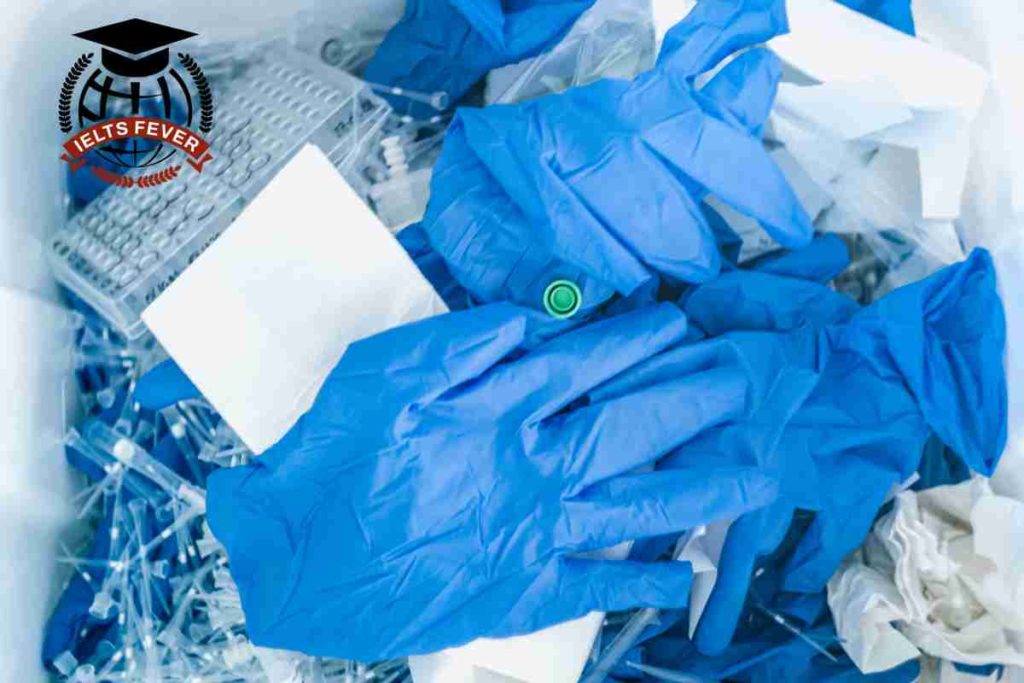The Pie Charts Below Show how Dangerous Waste Products Are Dealt with In Three Countries. Summarise the Information by Selecting and Reporting the Main Features, and Make Comparisons Where Relevant.
To begin with the Republic of Korea, the majority of the waste is treated and recycled, around 69%, whereas in Sweden, it amounts to 25%. However, in the United Kingdom, no waste products are recycled; most dangerous goods are treated by burying underground, almost 82%.
Sweden amounts more than half and the Republic of Korea less than a quarter, goods are treated by burying underground respectively. Incineration the number of dangerous goods to nil, only 2 % in the United Kingdom but in Sweden, it is 20 and Republic of Korea it’s just a single digit, around 9%.
Chemical treatment and dumping of the sea of the end dangerous products can be seen only in the United Kingdom at an equal proportion of 8 per cent.
Underground waste treatment is mostly carried out in the United Kingdom, and half a proportion of Sweden’s waste is also treated the same way. Still, the Republic of Korea has a noble of getting rid of its waste products, and that’s by recycling.
Follow Us on IELTSFever Twitter for more updates.

